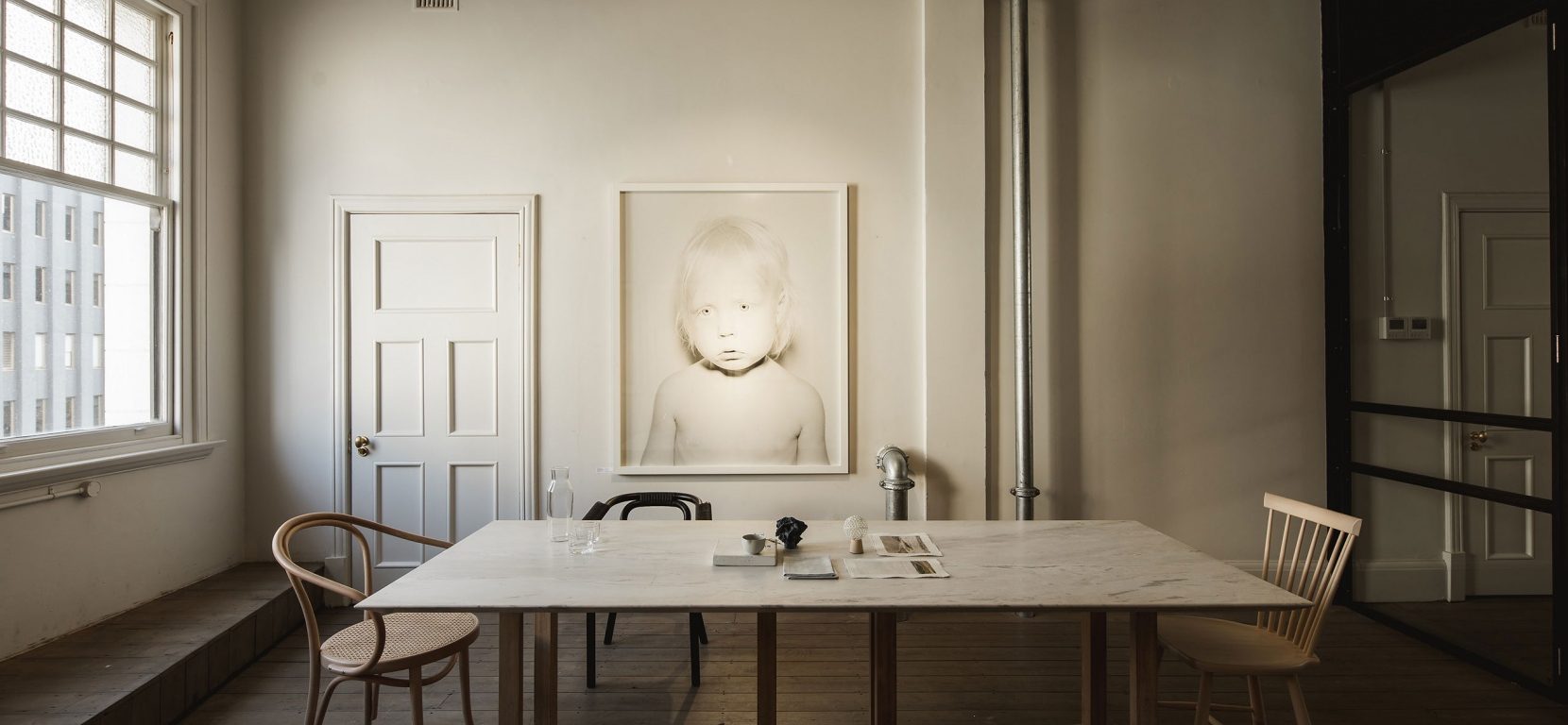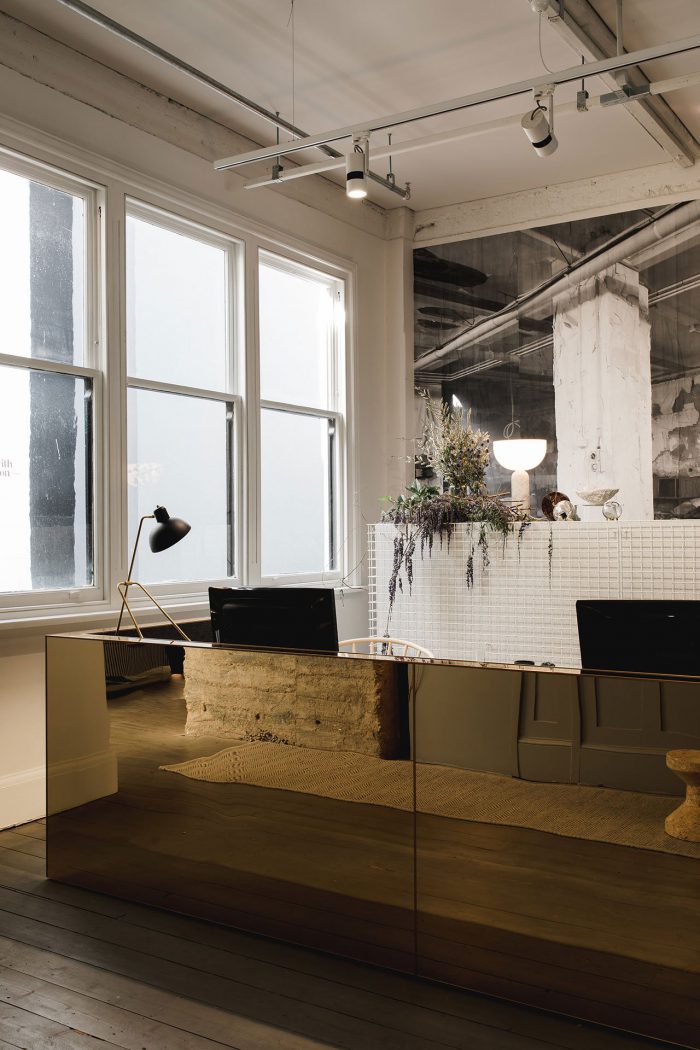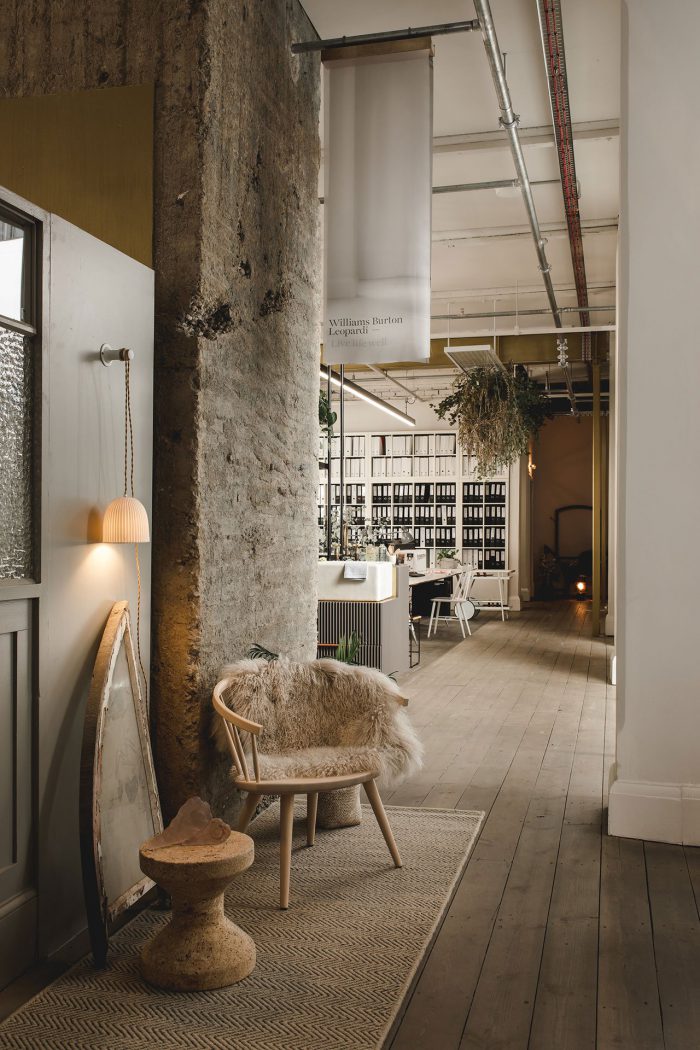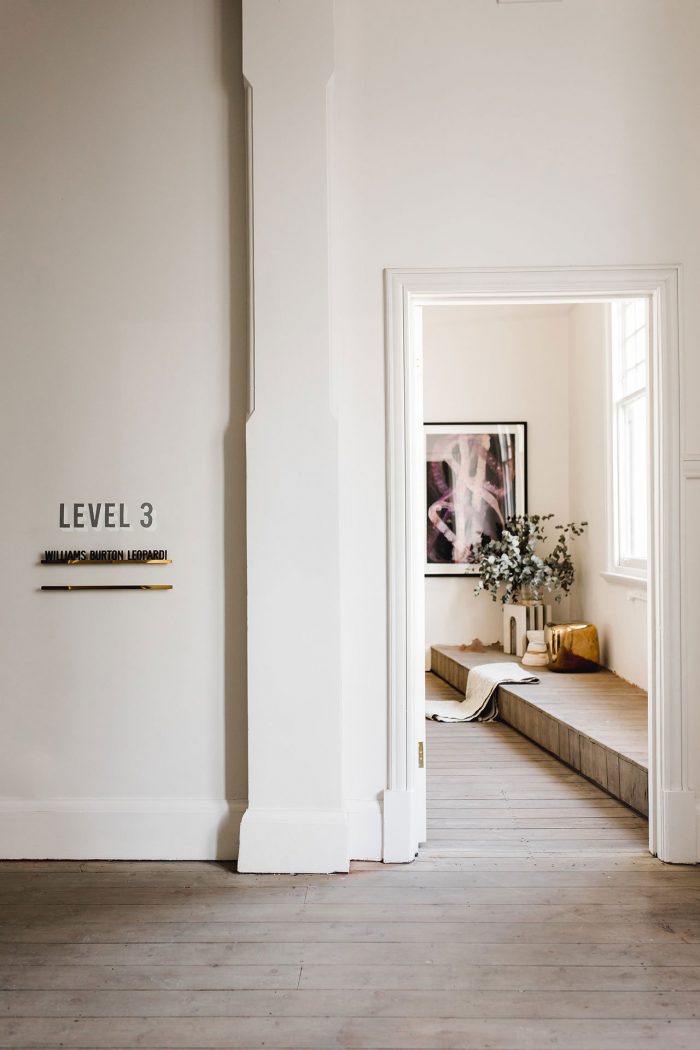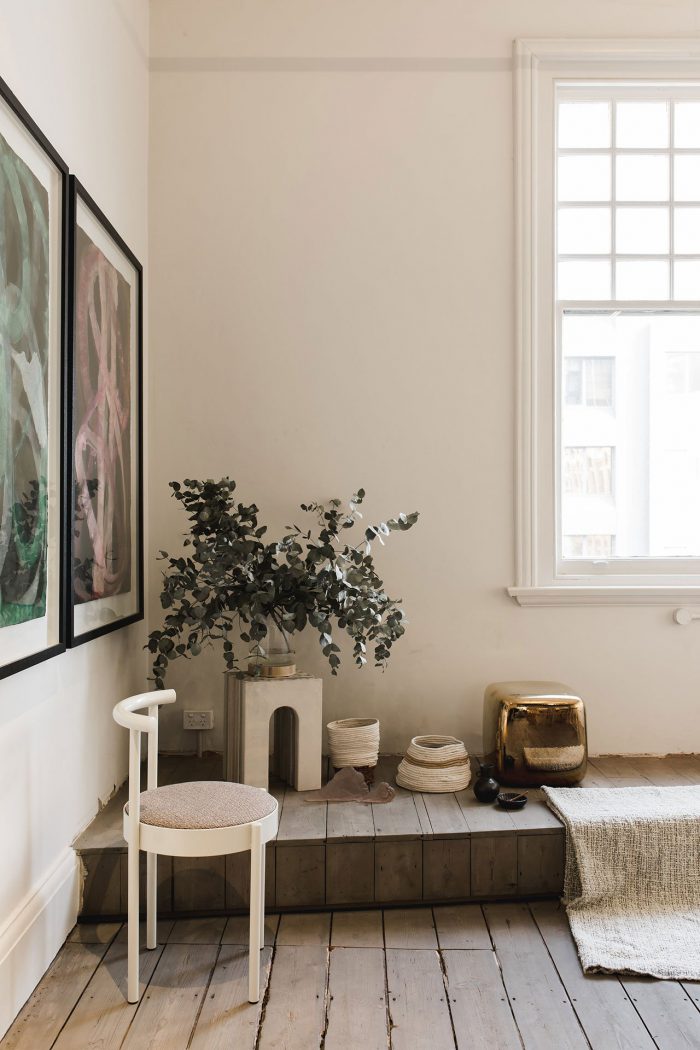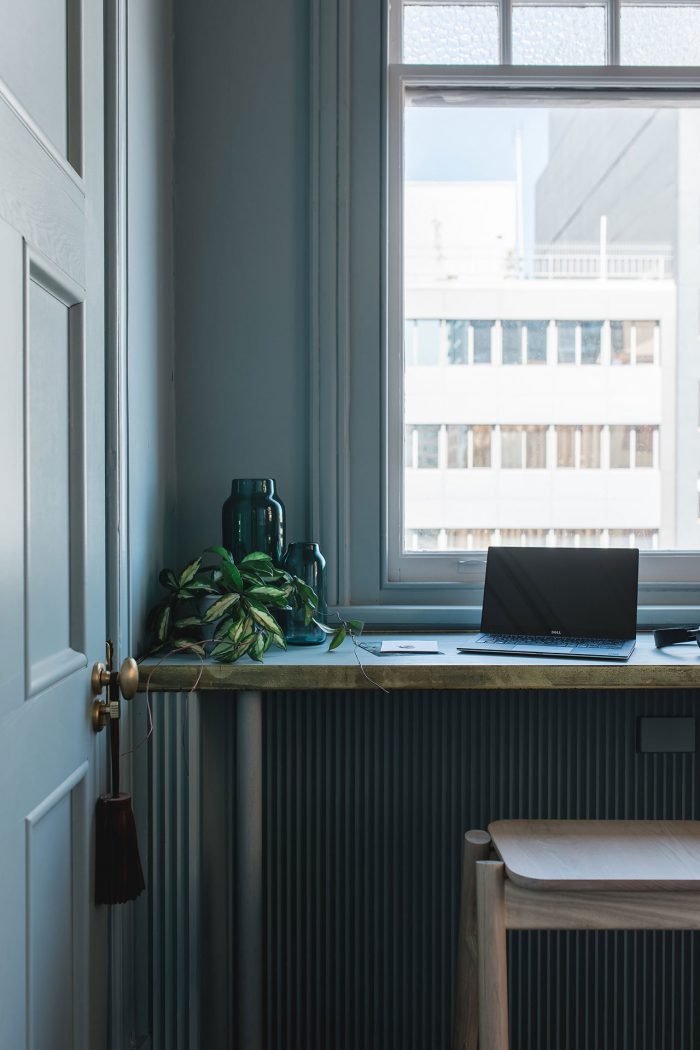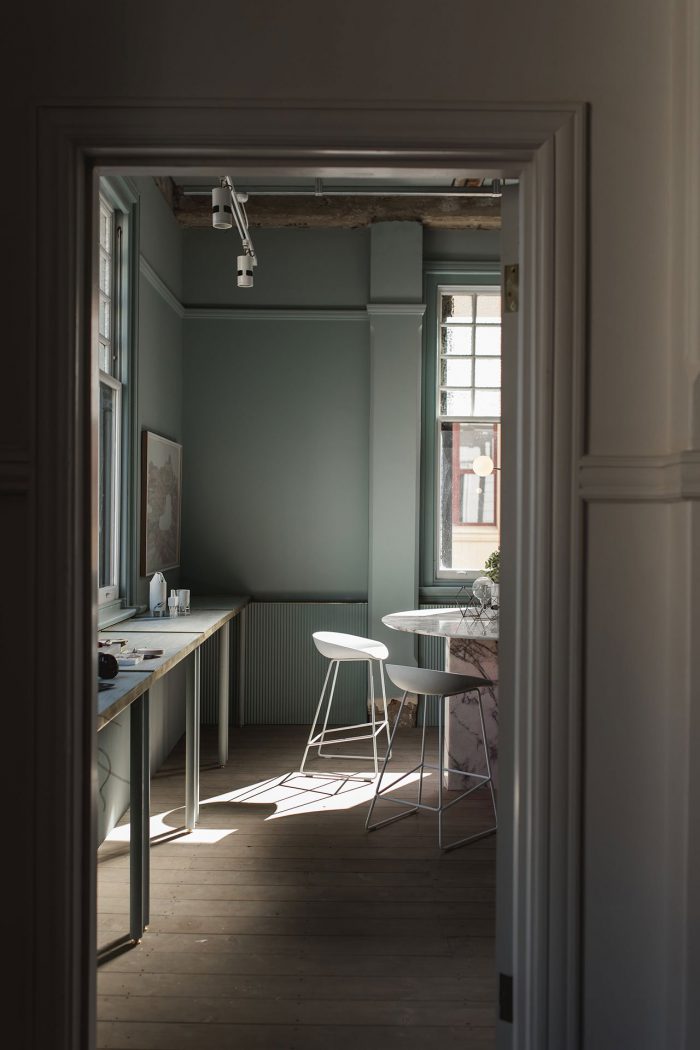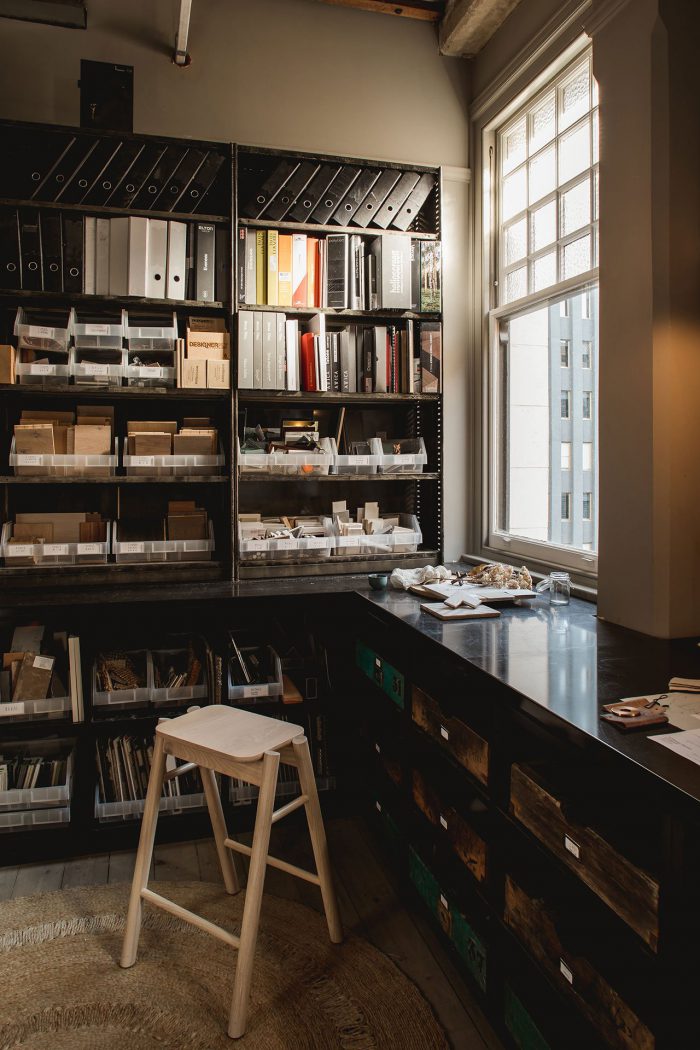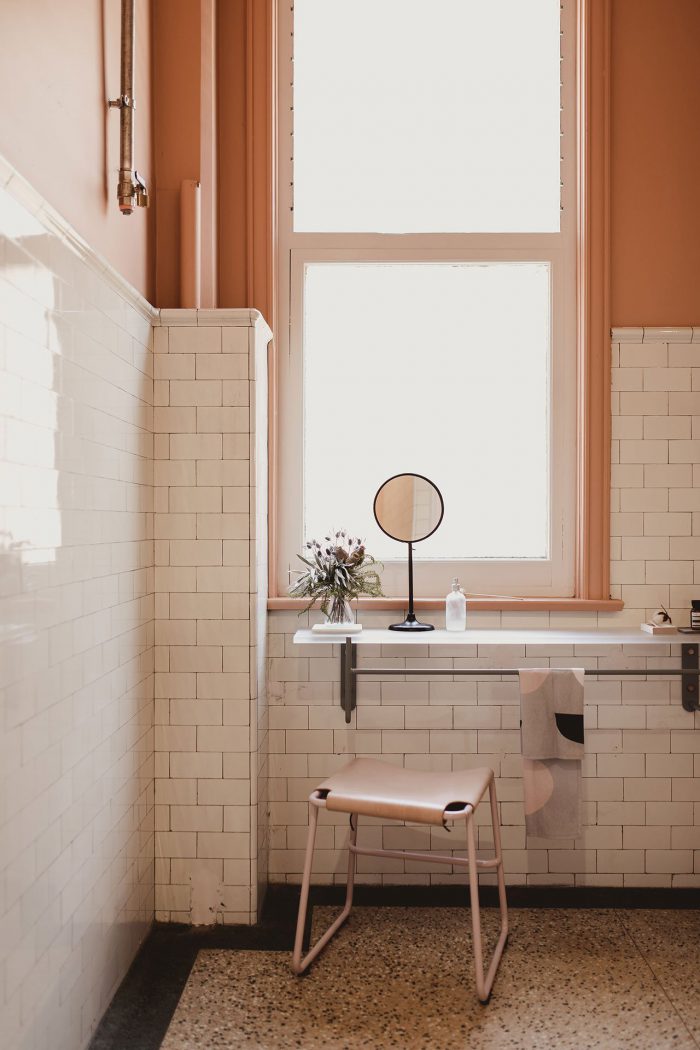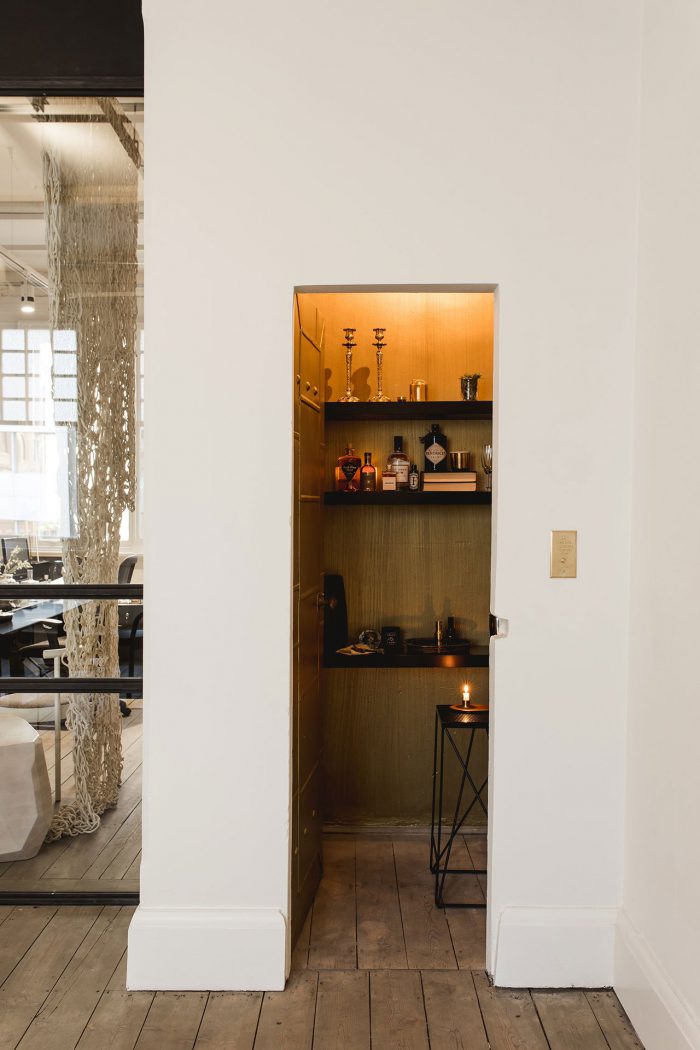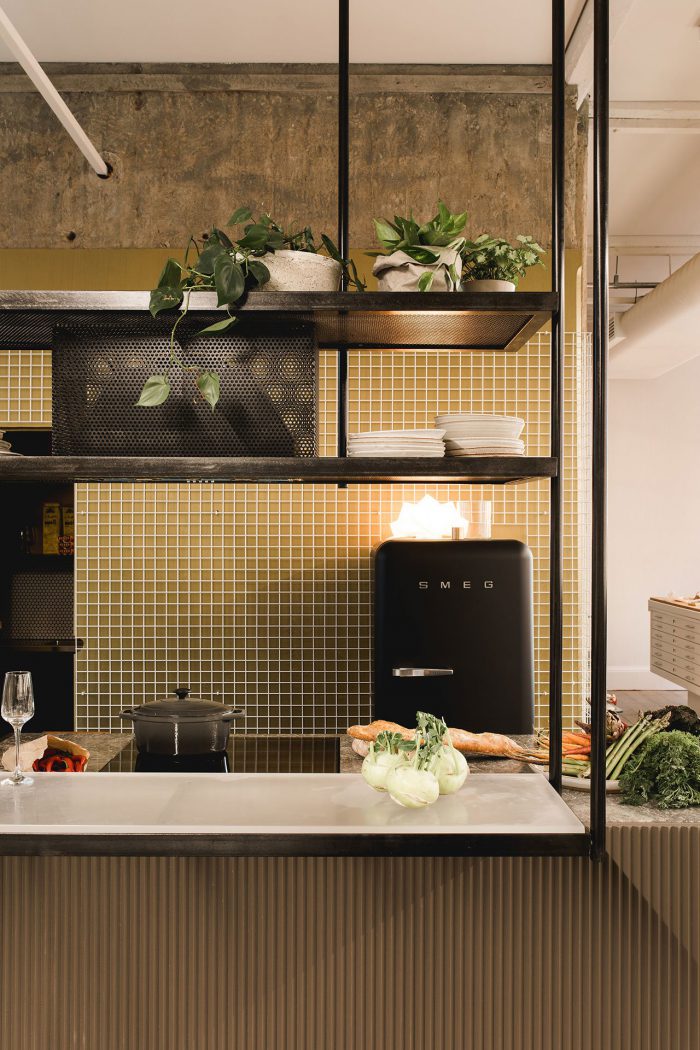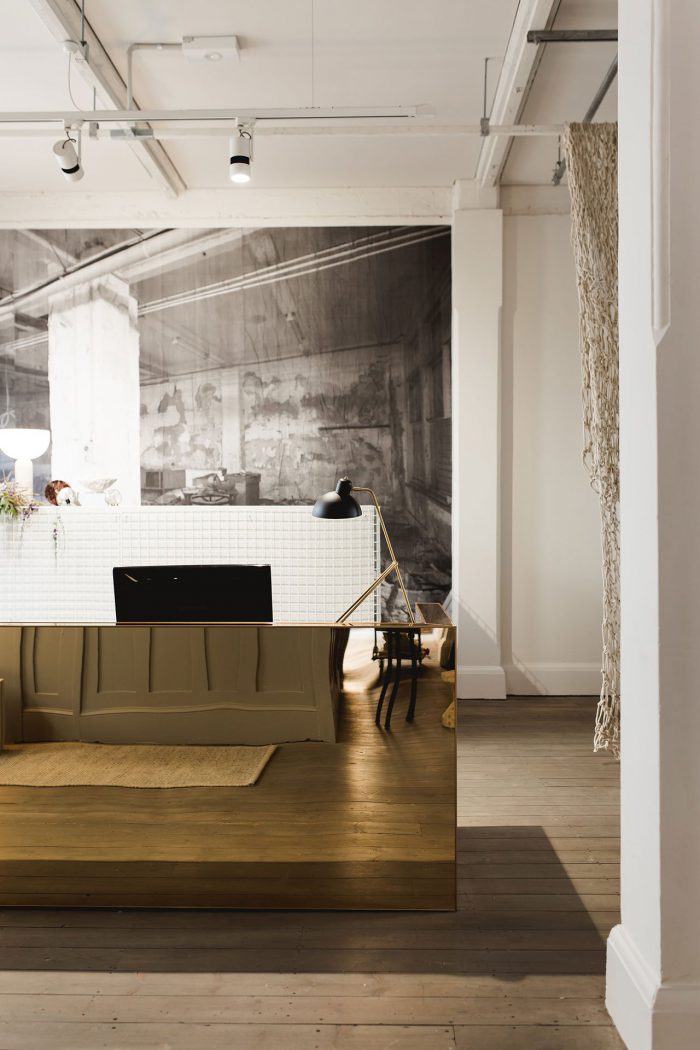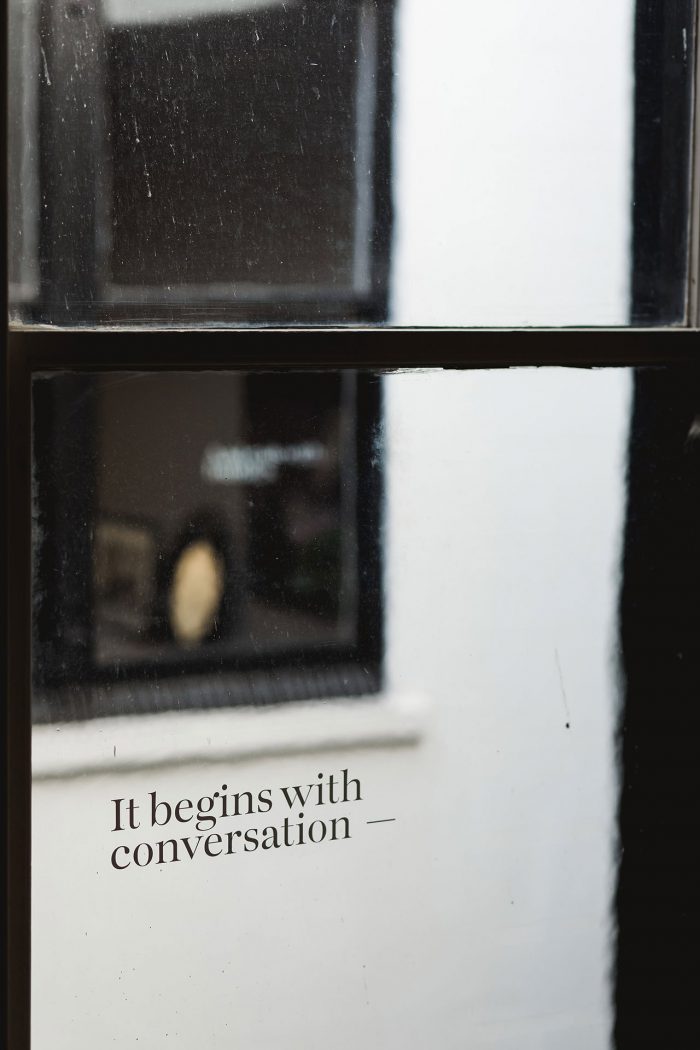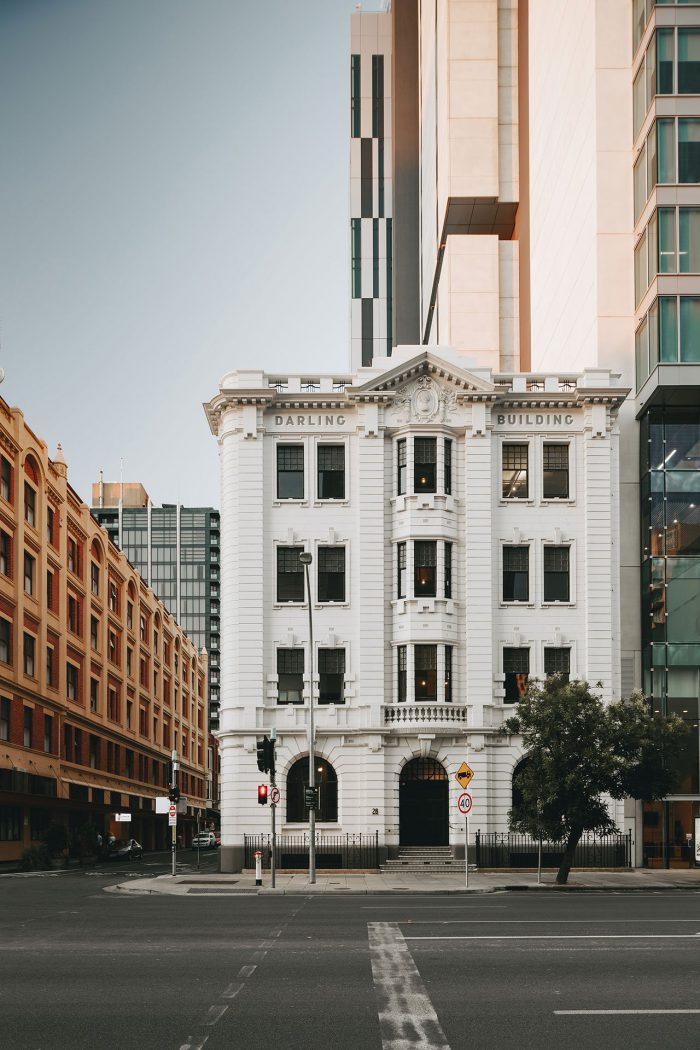在设计自己的工作室时,建筑师和设计师不仅需要创建一个既能提供舒适感又能提供灵感的功能性工作空间,这是一个很高的要求,但同样重要的是,他们需要将其与实践的价值观融为一体。建筑师工作室的核心是他的身份的物理封装和他的设计理念的反映,因此它与澳大利亚建筑和室内设计实践WBL – Williams Burton Leopardi的新阿德莱德工作室,经过精心设计,是一个家外之家。
位于阿德莱德市中心的四层高的国家级遗产建筑物“达令大楼”建于1916年,在一个废弃的条件下偶然发现的商人J. Darling和Sons,300平方米的工作室令人回味结合了建筑的丰富遗产和建筑师自己独特的精致感,对工艺的热情和对细节的关注。结果是一个独特的特殊空间,看起来更像一个很酷的私人俱乐部,一个时尚的都市鸡尾酒吧或欧洲艺术家的工作室而不是工作场所。
When it comes to designing their own work studio, architects and designers not only have to create a functional workspace that provides both comfort and inspiration, a tall order as it is, but as importantly, they need to imbue it with the values that their practice represents. The architect’s studio is at its core the physical encapsulation of his identity and a reflection of his design philosophy, and so it is with Australian architecture and interior design practice WBL – Williams Burton Leopardi’s new Adelaide studio, which has been meticulously designed to be a home away from home.
Housed in “The Darling Building”, a four-storey, State Heritage listed edifice in the centre of Adelaide built in 1916 for mercantile grain traders J. Darling and Sons which the architects stumbled upon in a derelict condition, the 300 square metre studio evocatively combines the building’s rich heritage with the architects’ own distinct sense of sophistication, passion for craftsmanship and eye for detail. The result is a uniquely idiosyncratic space that looks more like a cool private club, a hip urban cocktail bar or a European artist’s atelier than a work place.
建筑师并没有将建筑物的年龄和铜绿视为失败元素,而是将其视为美的标志。正如他们所解释的那样,“战略”“尽可能少地触及”,一种深思熟虑的方法反映在未经抛光的硬木地板上,混凝土柱和梁留下暴露,以及原始的砖砌工程有时偷看新涂的墙壁。这些经过精心修复的元素不仅可以讲述建筑物的故事,还可以证明物体或空间可以更加美观。
打捞出来的建筑织物表现出粗糙,阳刚的感觉,建筑师将其与一些更平滑,更女性化的细节搭配在一起。其中,抛光的黄铜覆层豪华地包围工作站,悬浮的格子上的植物提供纹理,地毯和悬挂的纺织品显示温暖。这些对比鲜明的美学通过适当插入钢框玻璃,再生1920年代的隔断和发现的物品和谐地融合在一起,而精选的中世纪现代家具和灯具与现代作品相结合,进一步丰富了折衷主义的装饰。
Instead of treating the building’s age and patina as residual elements to be effaced, the architects hailed them as signs of virtue. “The strategy”, as they explain, “was to touch as little as possible and as much as necessary”, a thoughtful approach reflected in the hardwood floors that were left unpolished, the concrete columns and beams left exposed, and the original brickwork which sometimes peeks through the freshly painted walls. These meticulously repaired elements not only tell the building’s story but also prove that an object or space can be more beautiful for having been broken.
The salvaged building fabric evinces a rough, masculine sensibility that the architects have evocatively paired with a number of smoother, more feminine details. Among these, polished brass cladding sumptuously envelops work stations, plants on suspended trellises provide texture, and rugs and hanging textiles evince warmth. These contrasting aesthetics are harmoniously brought together by modest insertions of steel framed glazing, recycled 1920’s partitions and found objects, while a selection of mid-century modernist furniture and light fixtures combined with contemporary pieces further enrich the eclectic décor.
工作室的核心无疑是开放式的咖啡吧柜台兼厨房,一个轻松的空间,朝向街道的窗户和背面的灯井都充满了日光,员工可以在那里聚集在一起喝一杯咖啡,聊天或放松。对于一些单独的时间或沉思,有更严格的图书馆和旧学校材料室,而婴儿蓝色会议室是头脑风暴或刷新视觉调色板的地方。所有这些空间的基础是建筑师计划去除“筒仓”,通过建立它们之间的视觉联系来鼓励互动,从而鼓励人员和思想的流动。这是一个崇高的愿望,而WBL在他们优雅的工作室中完美无瑕地将其转化为一个互动和隐居的地方。
The heart of the studio is undoubtedly the coffee bar counter-cum-kitchen at the centre of the open-plan workroom, a relaxed space, abundantly daylit by both the street-facing windows and a light-well on the back, where employees can gather around to sip a cup of coffee, chat or just unwind. For some alone time or contemplation there are the more austere library and old school materials room, whereas the baby blue meeting room is the place to go to brainstorm or refresh your visual palette. Underpinning all these spaces is the architects’ plan to remove “silos”, to encourage interaction by establishing visual connections between them and thus encourage both the flow of people and ideas. It is a noble aspiration than WBL has immaculately accomplished in their elegant studio by transforming it into a place that is both interactive and reclusive.
Design studio: Williams Burton Leopardi
Photography: Christopher Morrison
Project Name: WILLIAMS BURTON LEOPARDI STUDIO
Location: DARLING BUILDING, 3/28 FRANKLIN STREET ADELAIDESA SA 5000 AUSTRALIA
Area (sqm): 300
Completed: 2017

